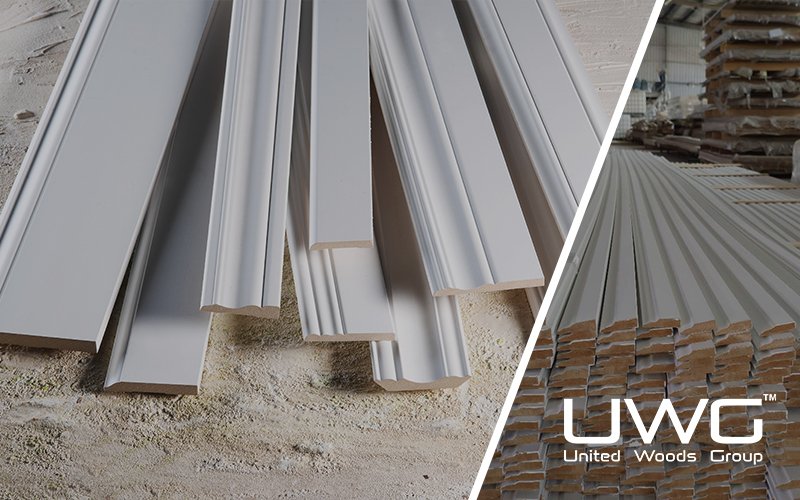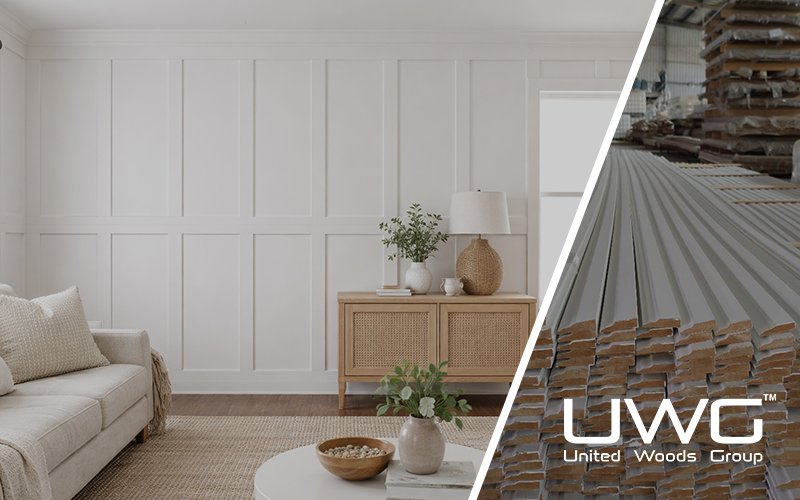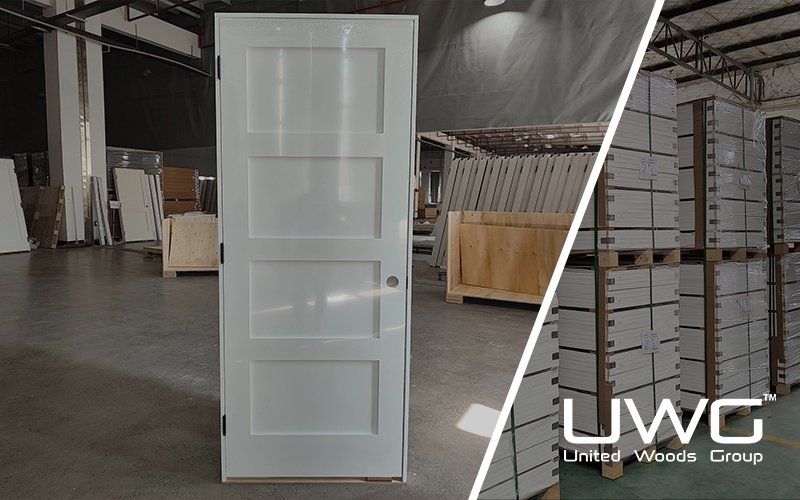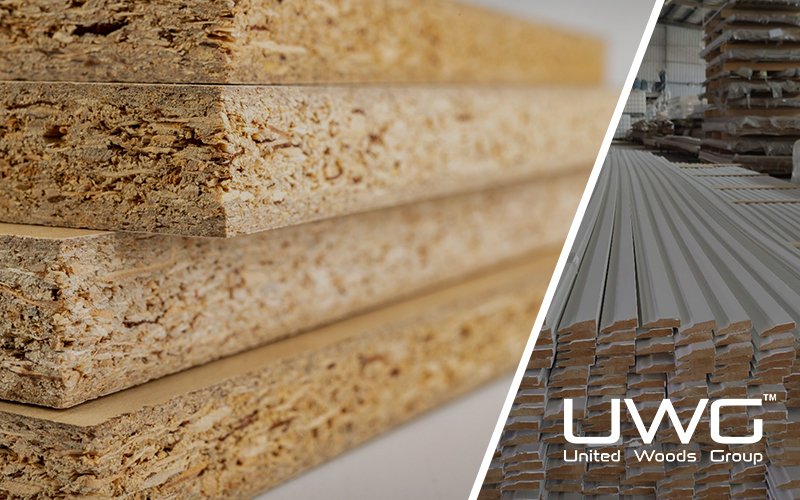Rising material costs and unstable supply chains continue to challenge builders in 2025. These issues delay project delivery and squeeze profit margins. But there’s good news: with the right strategies, you can reduce procurement costs and build faster. Here’s how leading contractors are solving it this year.
Let’s break down each of these five strategies and show you how to apply them on your next project—regardless of size or scope.

1. How can construction companies reduce procurement costs in 2025?
Reducing procurement costs in today’s market means working smarter, not harder. Builders are leveraging strategic sourcing and bulk purchasing agreements with vetted suppliers to lock in favorable pricing early. Using digital bidding platforms helps contractors compare offers quickly and transparently, reducing manual errors and negotiation time.
Long-term supplier relationships are also key. Instead of chasing one-off discounts, builders are forming partnerships based on volume deals, reliability, and delivery performance.
2. What is the impact of modular construction on timelines and cost?
Modular construction has become a game-changer in 2025. By assembling building components off-site and transporting them for final installation, builders save significant time and labor costs.
Studies show modular construction can cut project timelines by up to 30%. It also improves quality control, minimizes waste, and reduces site disruption—critical for urban or time-sensitive projects.
3. What role does technology play in project acceleration for builders?
Technology is central to speed and cost efficiency in construction this year. Builders are using:
- AI-powered scheduling tools to predict project delays before they happen
- Digital procurement dashboards to monitor real-time inventory and supplier timelines
- Integrated BIM (Building Information Modeling) for design coordination
These tools help eliminate waste, optimize crew scheduling, and keep everyone on the same page from bidding to final inspection.

4. Are tariffs still a concern for construction materials in 2025?
While some tariff pauses have eased material prices temporarily in early 2025, long-term uncertainty still exists. Many builders are factoring in contingency budgets and pre-ordering materials when prices are favorable.
Additionally, sourcing materials from regional or alternative suppliers has become a standard practice to avoid unexpected international cost spikes.
5. What are the best procurement strategies for builders this year?
The top procurement strategies in 2025 include:
- Early purchasing before price hikes hit
- Lean inventory models to reduce holding costs
- Digital procurement automation to streamline approvals and tracking
- Diversified sourcing to prevent disruptions
Contractors are also moving toward transparent supplier performance tracking using metrics like delivery speed, cost accuracy, and defect rates.
6. How can builders reduce construction material costs without sacrificing quality?
Cost savings don’t have to mean cutting corners. Builders are switching to alternative materials like engineered wood, recycled steel, or composite panels that offer the same strength at a lower cost.
Bulk orders and group purchasing programs are also becoming common, especially for multi-unit developments. These strategies maintain quality while keeping costs in check.

7. How to improve construction project planning in 2025?
Effective planning in 2025 means involving the right people and the right tools early. Builders are using:
- Integrated Project Delivery (IPD) models to foster collaboration
- Cloud-based planning tools that track schedules, budgets, and resource allocation in one place
- Scenario modeling to prepare for delays or supply disruptions
Summary
Procurement doesn’t have to be a bottleneck in 2025. By using smarter strategies and digital tools, builders can reduce costs and move faster. Which of these strategies are you already using—or planning to try next?
{ “@context”: “https://schema.org”, “@type”: “FAQPage”, “mainEntity”: [ { “@type”: “Question”, “name”: “How can construction companies reduce procurement costs in 2025?”, “acceptedAnswer”: { “@type”: “Answer”, “text”: “Builders reduce procurement costs by leveraging strategic sourcing, bulk purchasing agreements, and long-term supplier partnerships. Digital bidding platforms streamline comparisons and negotiations, while reliable supplier relationships ensure consistent pricing and delivery performance.” } }, { “@type”: “Question”, “name”: “What is the impact of modular construction on timelines and cost?”, “acceptedAnswer”: { “@type”: “Answer”, “text”: “Modular construction assembles building components off-site, cutting project timelines by up to 30%, reducing labor costs, minimizing site disruption, and improving quality control, making it ideal for time-sensitive and urban projects.” } }, { “@type”: “Question”, “name”: “What role does technology play in project acceleration for builders?”, “acceptedAnswer”: { “@type”: “Answer”, “text”: “Technology accelerates projects through AI-powered scheduling tools, digital procurement dashboards, and BIM integration. These tools help predict delays, optimize crew scheduling, track inventory, and coordinate design, improving efficiency and reducing waste.” } }, { “@type”: “Question”, “name”: “Are tariffs still a concern for construction materials in 2025?”, “acceptedAnswer”: { “@type”: “Answer”, “text”: “While some tariff pauses have eased prices temporarily, long-term uncertainty remains. Builders mitigate this by pre-ordering materials when prices are favorable and sourcing from regional or alternative suppliers to avoid unexpected cost spikes.” } }, { “@type”: “Question”, “name”: “What are the best procurement strategies for builders this year?”, “acceptedAnswer”: { “@type”: “Answer”, “text”: “Key strategies include early purchasing, lean inventory models, digital procurement automation, diversified sourcing, and transparent supplier performance tracking using metrics like delivery speed, cost accuracy, and defect rates.” } }, { “@type”: “Question”, “name”: “How can builders reduce construction material costs without sacrificing quality?”, “acceptedAnswer”: { “@type”: “Answer”, “text”: “Builders save costs by using alternative materials like engineered wood, recycled steel, or composite panels, and by implementing bulk or group purchasing programs. These methods maintain quality while lowering overall project expenses.” } }, { “@type”: “Question”, “name”: “How to improve construction project planning in 2025?”, “acceptedAnswer”: { “@type”: “Answer”, “text”: “Effective planning involves integrated project delivery (IPD) for collaboration, cloud-based planning tools to monitor schedules and budgets, and scenario modeling to prepare for supply or timeline disruptions.” } } ] }






